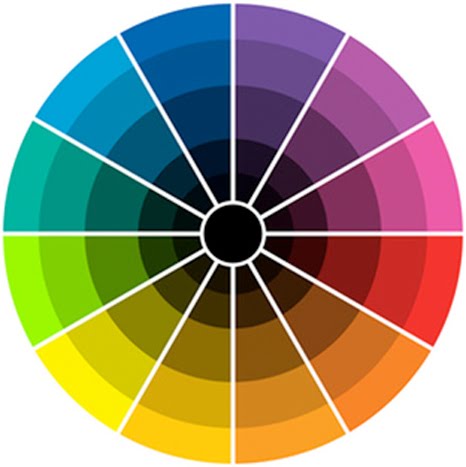

Clearing up some sloppy terminology, plus a third way to add saturation to an image.Which is better, using "Colors/Saturation" or the "Colors/Hue-Chroma" Chroma slider?.Adding saturation to isolated dots of color.Introduction: Three ways to modify saturation using LCH.In most circumstances the shade guide provides a sufficiently wide spectrum of choice to map most people’s teeth. The C and D tabs represent lower values of B and A tabs, respectively. There are two main hues in the A and B shade guide tabs. The guide is divided into reddish brown (A), reddish yellow (B), grey (C) and reddish grey (D) shades.

Many manufacturers have produced better-designed guides, but nothing seems to have replaced the original Vita Classic shade guide. KG, D-79713 Bad Säckingen, Germany), which has almost universal acceptance (Fig 2-2). The most commonly used guide is the Vita Classic shade guide (VITA Zahnfabrik H. To help match crowns to natural teeth most manufacturers of porcelains and resin composites produce shade guides. The incisal translucency frequently represents the relative absence of dentine, while at the gingival margin there will be some reflection of the periodontal tissues. A tooth is unlikely to be a single shade – for example, towards the incisal tip the colour of A2 is a lighter blue while at the gingival margin a darker red. For example, over the labial face of a tooth different shades are typically present. As the patient ages this translucency is lost as the tooth wears and the incisal tip reduces. To complicate matters further the overlying enamel has variable thickness. This is often very apparent in young people who frequently have translucent incisal edges. They are not in fact more yellow, they just appear so as the underlying dentine becomes more opaque (less translucent) through age-related sclerosis and the modifying effects of the overlying enamel.Įnamel is more translucent than dentine. Often teeth are described as becoming more yellow with age. The colour saturation or chroma changes as the effect of the colour of the underlying dentine again becomes more dominant. As a tooth is affected by abrasion, attrition or erosion, either in isolation or in combination, the thickness of the remaining enamel and dentine gradually reduces.

Consequently the underlying dentine, which is largely responsible for the colour of a tooth, comes to the fore.įig 2-1 Canines are darker than the incisors.Ĭolour changes also occur as a result of tooth wear. For example, lateral incisors appear darker than central incisors because the thickness of the enamel is much reduced, especially in the cervical area. Teeth, for the same reasons, become darker the further back they are in the dental arch. Similarly the shade of a tooth varies within the tooth in that the neck usually appears darker than the tip. The underlying colour may be the same, but in the canine the thickness of enamel and dentine is greater, which gives a darker colour (Fig 2-1). For example, a canine can appear yellower than a small lateral incisor in the same patient’s mouth. Equally, in an individual patient the teeth may all have the same hue (colour) but the chroma (depth or saturation of the hue) may differ from one tooth to another. In clinical practice colour is an important consideration when choosing the shade for tooth-coloured restorations such as direct resin composites and crowns. The X, Y and Z axes meet at various points to produce a colour. The components can be classified on a three-dimensional (3D) scale called a colour sphere. Value – brightness of the hue (for example, grey or whiteness). Hue – type of colour (for example, red, green, blue).Ĭhroma – depth or saturation of the hue (for example, pink). IntroductionĬolour can be described as having three components – hue, chroma and value – which are defined as follows:
#Chroma for hue dmg how to#
Practitioners will understand the basics of colour theory, be familiar with how to take a shade effectively and understand how shape and form can impact on aesthetic dentistry. The importance of shape and form in successful aesthetics will also be outlined. The aim of this chapter is to improve understanding of modern methods of shade-taking and colour communication. Successful shade-taking and colour communication are sources of great difficulty for practitioners.


 0 kommentar(er)
0 kommentar(er)
